NVIDIA CES 2019 Keynote Live Blog (Starts at 8pm PT/04:00 UTC)
by Ryan Smith on January 6, 2019 10:58 PM EST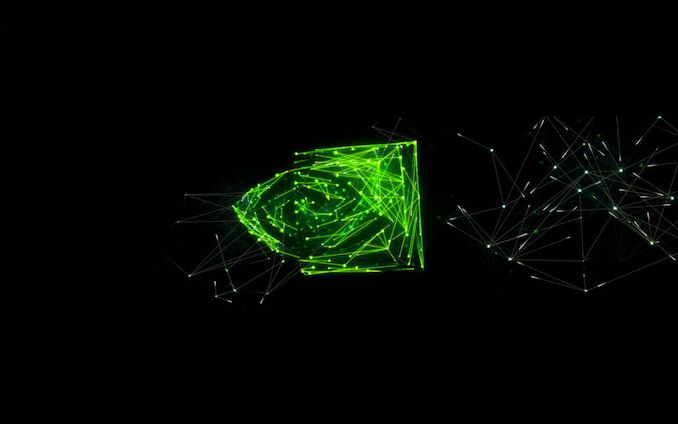
Update (2:30PM EST): Since last night we've had a chance to do a bit of digging into NVIDIA's variable refresh plans and VESA Adaptive Sync support. So please check that article out.
We've also published our GeForce RTX 2060 review, which can be found here.
11:01PM EST - We're here in the desert city that is Las Vegas for CES. And for the first keynote presentation of the show. As has been the case for a few years now, NVIDIA is kicking things off with a Sunday night presentation
11:02PM EST - Alright, we're all situated, and for the first time in a while NVIDIA is kicking off right on time
11:03PM EST - Now on stage is NVIDIA CEO Jensen Huang
11:03PM EST - Jensen is coming out swinging. He's declared that the entire keynote will be about gaming. NVIDIA's automotive announcements will not be part of this keynote
11:04PM EST - (Though they do have plenty going on with that as well)
11:05PM EST - Jensen is offering a brief recap of how rasterization works
11:05PM EST - (This is typically how he sets up any discussion on ray tracing and Turing)
11:08PM EST - Rasterization and triangles beget pixel shading beget dynamic lighting beget physically based rendering, etc
11:10PM EST - But there are 3 things that are largely missing: proper reflections, accurate shadows, and good refractions
11:10PM EST - And thus ray tracing
11:12PM EST - Ray tracing means these things no longer have to be faked, but it's computationally expensive
11:14PM EST - Jensen is now going through a quick series of examples with ray tracing on and of, comparing the output to traditional rasterization-based techniques
11:15PM EST - (This is nothing regular AnandTech readers won't have already seen, but CES is a more general audience show than NVIDIA's private events)
11:17PM EST - Not just using RT and deep learning tech for straightforward rendering, but also using the latter for synthesizing assets and other data
11:18PM EST - Now recapping NVIDIA's RTX tech: ray tracing cores and tensor cores
11:20PM EST - Jensen is also recapping the Turing GPU architecture. Surprisingly for this audience, he's going over the SM changes to the core computer architecture
11:23PM EST - Now comparing of Turing to Pascal. Die sizes, transistor counts, tensor throughput, etc
11:24PM EST - Suffice it to say, Big Turing is a lot bigger than Big Pascal
11:26PM EST - Now rolling NVIDIA's Turing/ray tracing real time demo
11:28PM EST - (This is a new video)
11:28PM EST - Jensen is confirming that this is all being rendered in real time, showing off the manual camera controls now that the scripted sequence is done
11:30PM EST - "This is the next generation of graphics"
11:32PM EST - Jensen is also showing off some of NVIDIA's other ray tracing demos, such as the Star Wars demo and the Porsche demo from last year
11:35PM EST - Still rolling demos
11:37PM EST - Now segueing into DLSS and AI
11:39PM EST - Recapping how DLSS works, including how it's trained, in order to create a neural net that can scale up an image with an improved level of quality
11:41PM EST - (Speaking off the cuff here, the jury is still out on DLSS. There's still very little software where it's available, and when it is, the quality improvements have been inconsistent. But this is all still very early)
11:42PM EST - Now rolling an Anthem video
11:43PM EST - Bioware will be including DLSS with Anthem
11:45PM EST - Another demo: 3DMark Port Royale benchmark, comparing 1440p with Temporal AA to 1440p with DLSS
11:45PM EST - I'm not sure whether both are actually natively rendering at 1440p, or the DLSS version is rendering at 1080p and the DLSS is being used to upscale it
11:47PM EST - DLSS can be used in both ways: either to oversample an image for improved quality, or to reduce the rendering resolution and minimize the image quality loss
11:47PM EST - The latter is the more common implementation right now
11:48PM EST - Switching over to Netease's Justice
11:48PM EST - Again showing the differences between running with ray tracing turned on and turned off
11:50PM EST - This is a reflection-heavy demo
11:52PM EST - Also touching upon the performance hit from ray tracing, and how DLSS helps NVIDIA recover the lost performance (by rendering at a lower resolution)
11:54PM EST - Next demo: Battlefield V
11:54PM EST - This has been NVIDIA's tentpole game for their ray tracing tech
11:55PM EST - As the first significant DXR-enabled game, it's been under the microscope a lot, and NVIDIA + DICE have been working on improving its performance with DXR turned on
11:58PM EST - As usual, this all looks rather impressive. The challenge for NVIDIA at this juncture is less the tech and more consumer perceptions; convincing gamers that this is worth paying the RTX 20 series' price premium for
11:58PM EST - Hence the reason Jensen is focusing so much on real time demos, I suspect
12:00AM EST - Alright, now we're getting into the announcements
12:00AM EST - The BF V demo was running on a new GPU
12:01AM EST - GeForce RTX 2060
12:01AM EST - "The long-awaited RTX 2060"
12:01AM EST - 52 TFLOPS tensor perf, 5 Gigarays/second
12:02AM EST - Discussing BF V performance. 1440p, high image quality with medium RT quality
12:03AM EST - Averages just above 60fps with faux-1440p DLSS
12:04AM EST - Jensen is recapping the architectural changes from Pascal, and thus how RTX 2060 compares to GTX 1060
12:04AM EST - Particularly the inclusion of separate INT cores
12:05AM EST - Discussing how the performance of the two compares. NVIDIA is including things like variable rate shading when available
12:07AM EST - Claiming better performance for the RTX 2060 than the GTX 1070 TI
12:08AM EST - $349
12:08AM EST - Comes with 6GB of GDDR6 VRAM
12:08AM EST - (This is 2GB less than the GTX 1070 Ti, for those wondering)
12:08AM EST - NVIDIA is doing a game bundle right off the bat
12:09AM EST - RTX 2060 and RTX 2070 will now come with a choice of Anthem or Battlefield V. RTX 2080 and RTX 2080 Ti will come with both games
12:09AM EST - Cards will be available on January 15th
12:10AM EST - NVIDIA's system integrator partners will also be offering the card in systems right away
12:10AM EST - "It's the perfect size"
12:10AM EST - Now switching gears to G-Sync
12:11AM EST - Jensen is recapping the launch of the original G-Sync tech back in 2013
12:11AM EST - "We're now on our third generation"
12:11AM EST - G-Sync Ultimate?
12:14AM EST - G-Sync Ultimate confirmed. This would seem to be NVIDIA's official branding for what we've been calling G-Sync HDR up until now
12:15AM EST - Jensen is talking about VESA adaptive sync?
12:15AM EST - "We've been looking at the [VESA] adaptive sync market for several years and thinking about how we can help it"
12:16AM EST - NVIDIA has gone out and tested all the available VESA adaptive sync enabled monitors
12:17AM EST - Thus far Jensen is pointing out some of the problems they've seen with these monitors
12:18AM EST - NVIDIA tested 400 monitors. 12 of them "passed" NVIDIA's standards
12:18AM EST - NVIDIA is going to test all adaptive sync monitors, and will support them!
12:18AM EST - So NVIDIA is finally delivering VESA adaptive sync support
12:19AM EST - Though it looks like they'll only support the monitors that pass their tests? This point is not clear
12:19AM EST - Driver coming January 15th
12:19AM EST - They're being classified as "G-Sync Compatible"
12:20AM EST - I'm very curious if NVIDIA is charging manufacturers for this. NVIDIA has traditionally (and quietly) charged for value added features
12:20AM EST - There's going to be a big difference in outcomes if manufacturers have to pay to get their adaptive sync/freesync monitors approved for NV's ecosystem
12:23AM EST - Switching gears again, this time to software partnerships
12:23AM EST - The Arnold from Autodesk is getting RTX acceleration support
12:24AM EST - NVIDIA is also partnering with RED (the camera guys) so that RTX 2080 and above can do 8K video editing
12:24AM EST - Partnering with OBS to improve video encoding and streaming output quality on a single PC
12:27AM EST - And NVIDIA is partnering with HTC to get VRWorks on Vive
12:27AM EST - Moving on to hardware again
12:27AM EST - NVIDIA Max-Q mobile GPUs
12:29AM EST - Recapping what the Max-Q SKUs signify: power optimized GPUs for mobile
12:29AM EST - 40 laptops coming with GeForce RTX GPUs
12:30AM EST - 17 are Max-Q
12:30AM EST - Available January 29th
12:32AM EST - Now showing off a few of the new Max-Q laptops
12:33AM EST - (I still feel like NVIDIA is struggling to effectively communicating what Max-Q is meant to be)
12:34AM EST - Battlefield V settings: Ultra quality, 1080p with DLSS (so sub-1080p native?)
12:36AM EST - It's been almost two years since NVIDIA's mobile Pascal GPUs were launched. So gamers and hardware vendors alike have been getting antsy for new mobile GPUs
12:37AM EST - Shifting gears again, now showing off NVIDIA's ANSEL tool
12:39AM EST - NVIDIA has purchased advertising space in NYC's Times Square, where they're showing off ANSEL photographs
12:39AM EST - "This is it. This is our announcement"
12:40AM EST - Recapping the announcements: GeForce RTX 2060, GeForce RTX-equipped laptops
12:41AM EST - (Jensen seems to really have it out for the Playstation 4 Pro tonight. A lot of the RTX laptop comparisons have been to that)
12:42AM EST - Now thanking NVIDIA's various developer partners, and rolling another video comprised of clips from multiple games
12:43AM EST - And that's a wrap. We're off to dig up more information on tonight's announcements


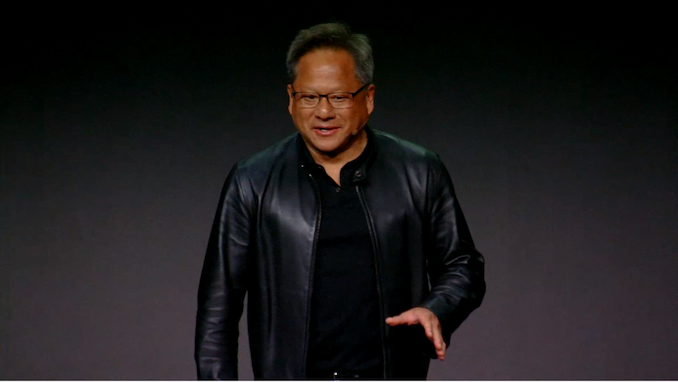
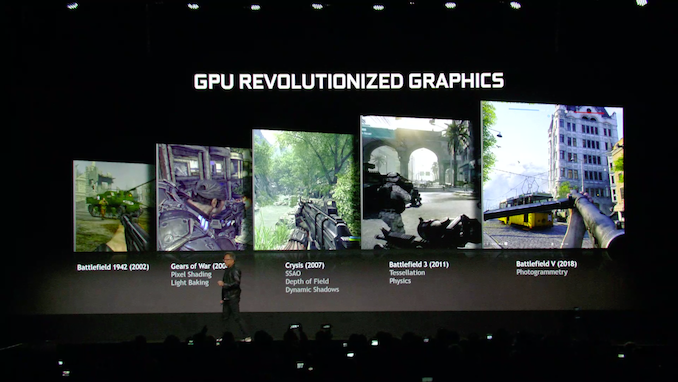
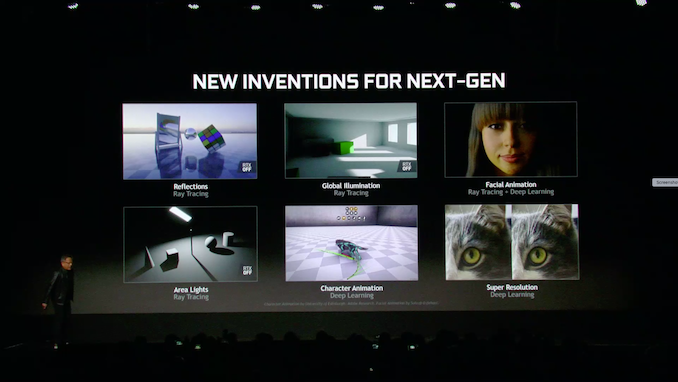
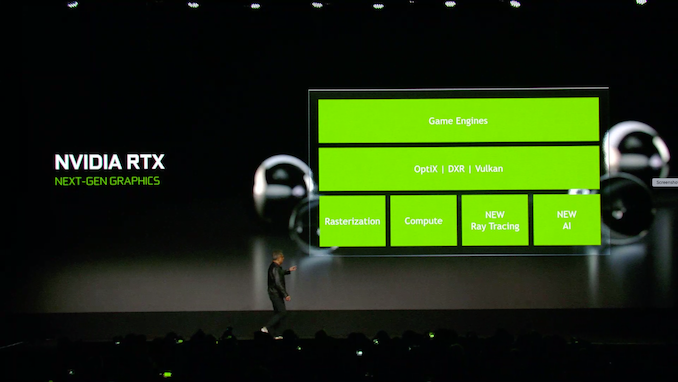
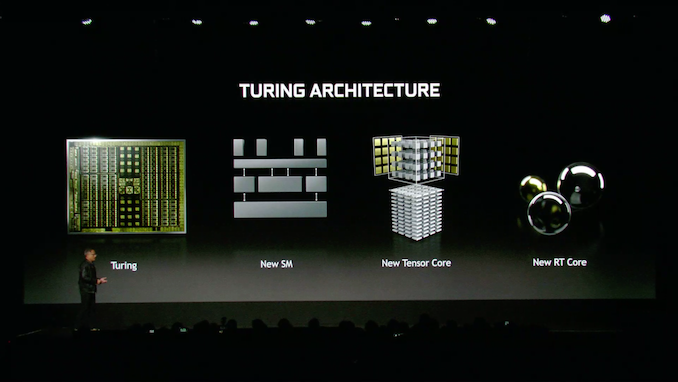

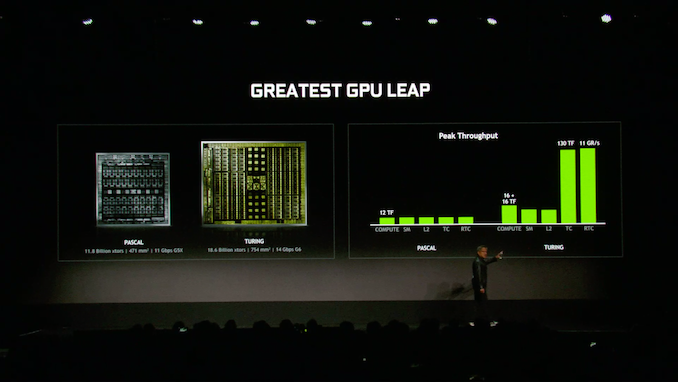
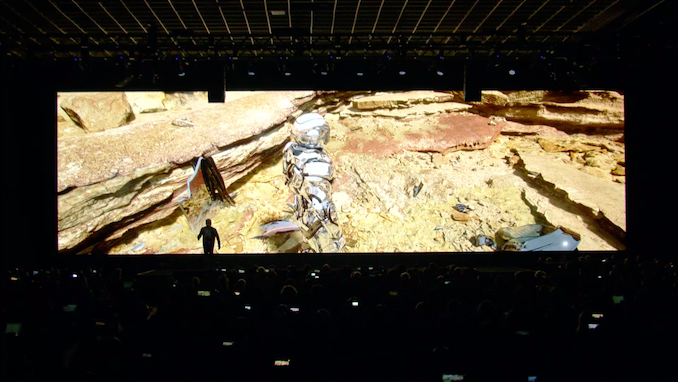
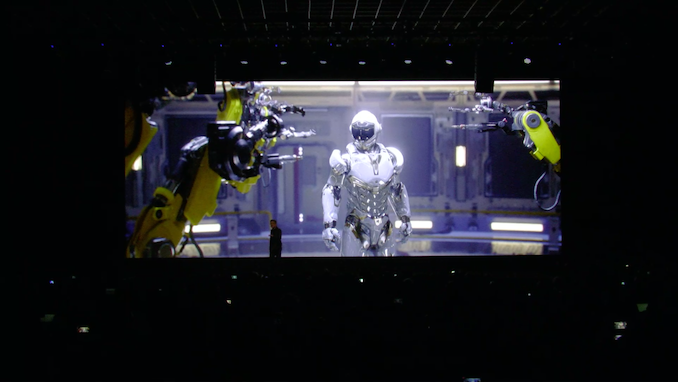
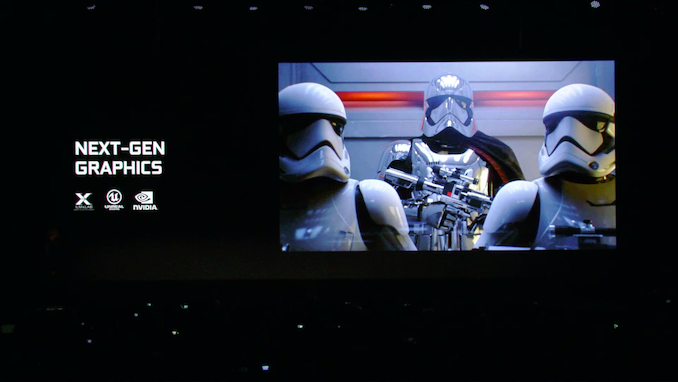
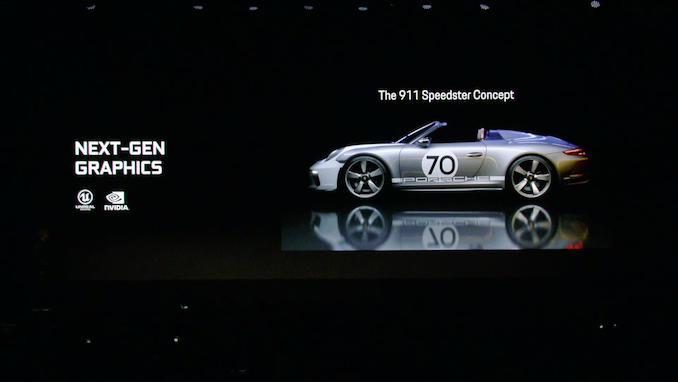
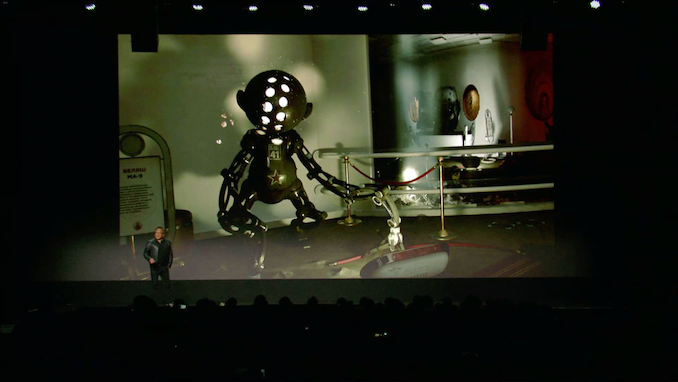
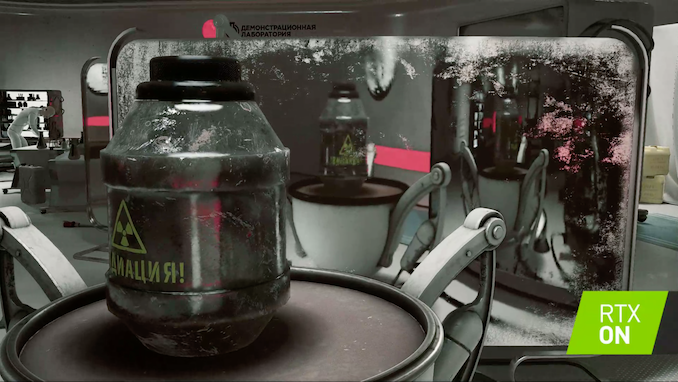
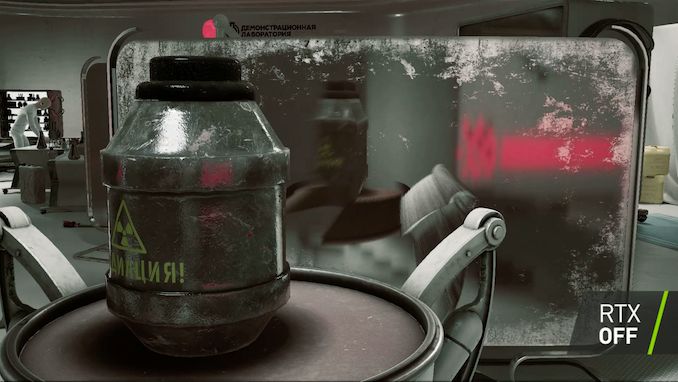
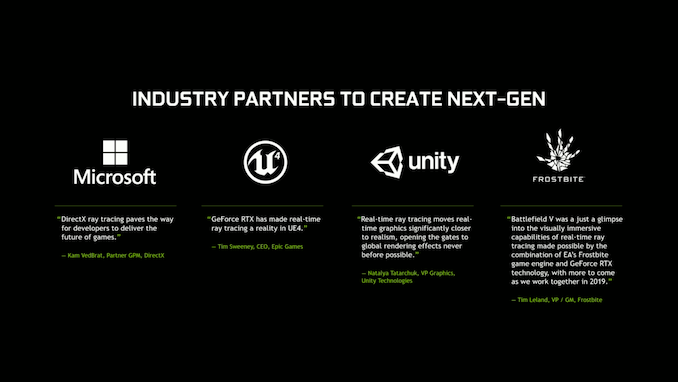
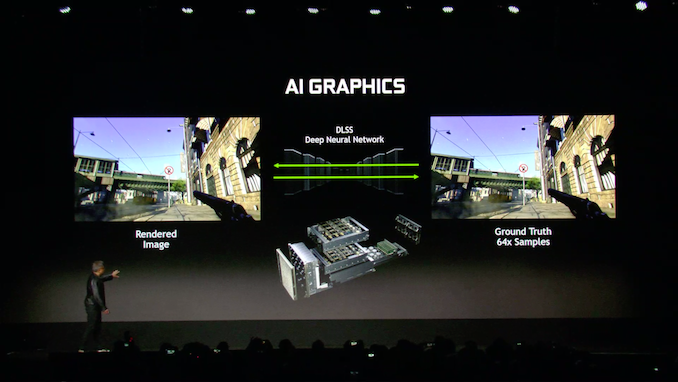
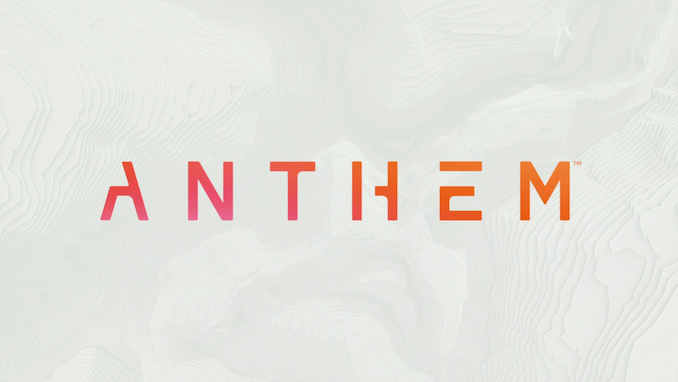
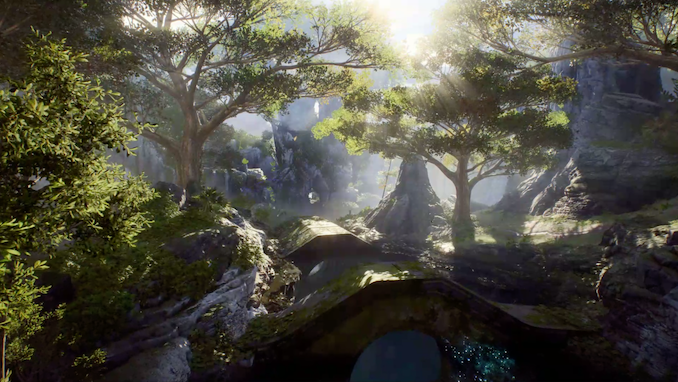
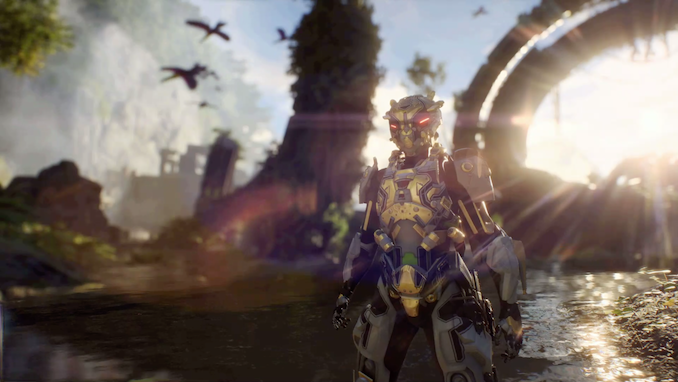

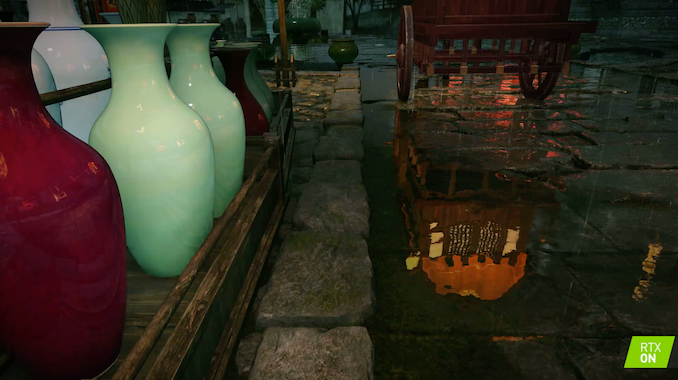
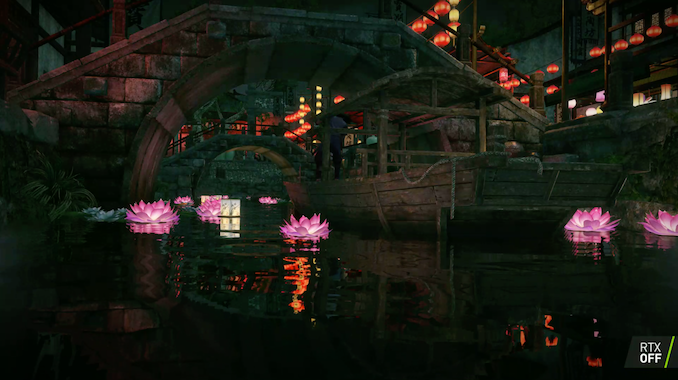
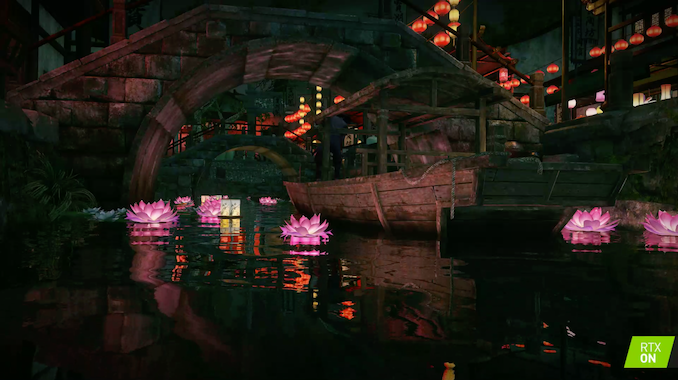



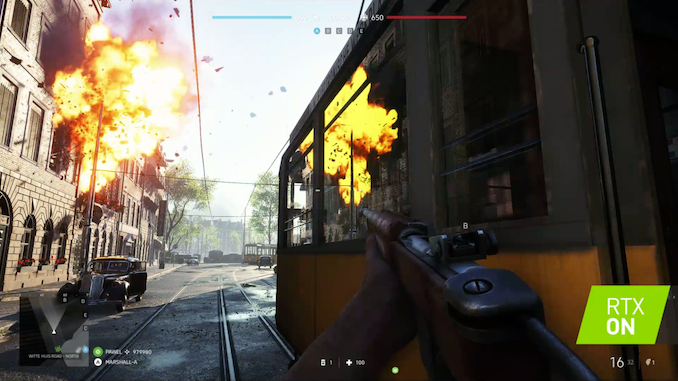
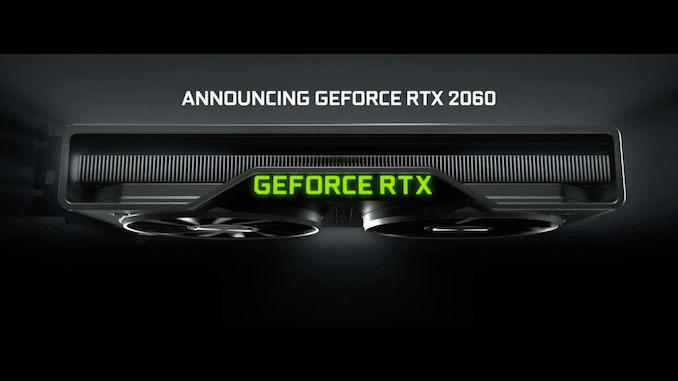

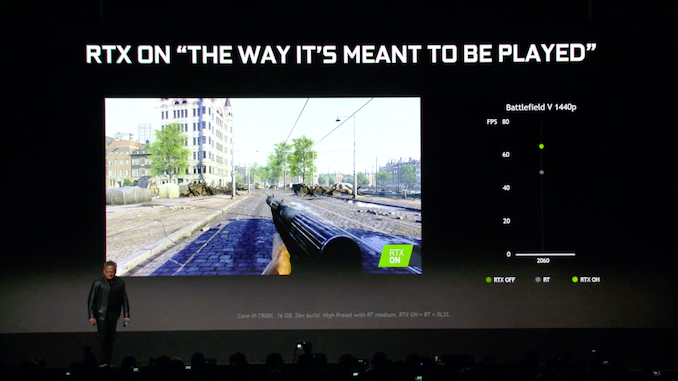
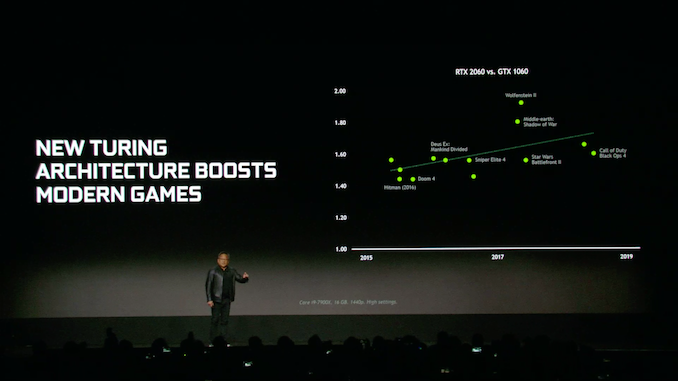
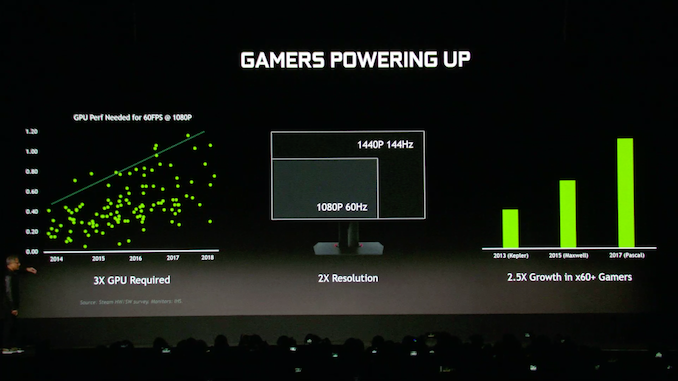
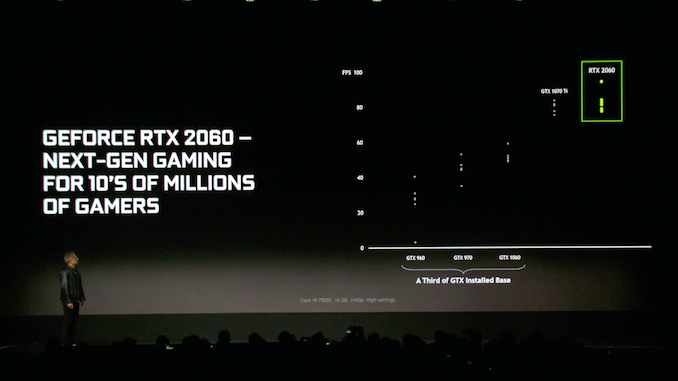
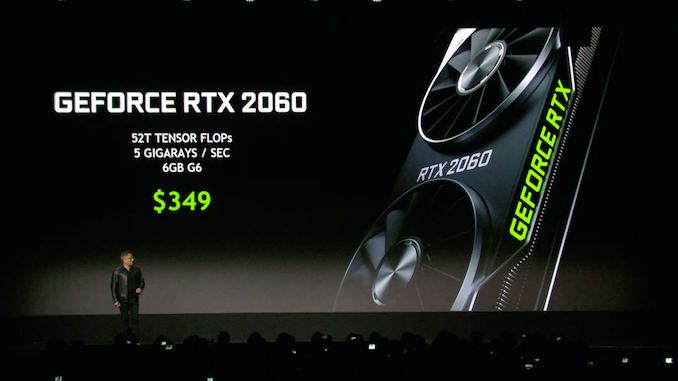

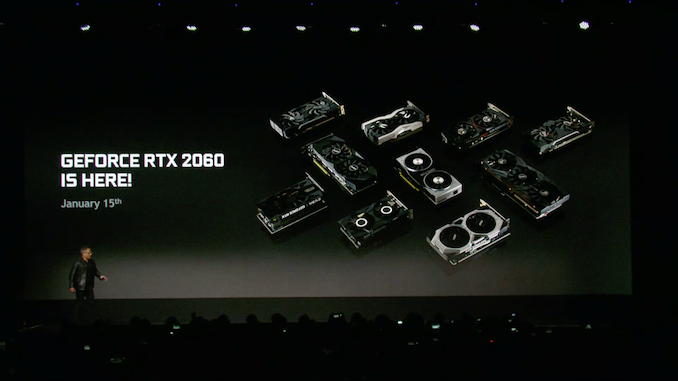
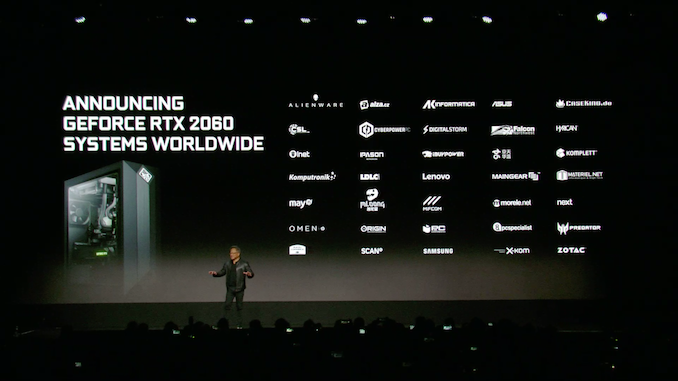
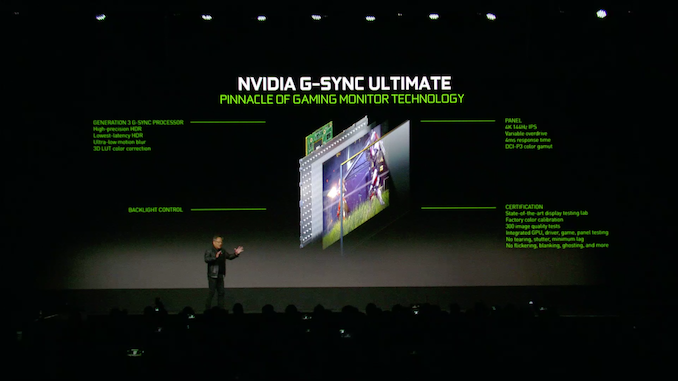
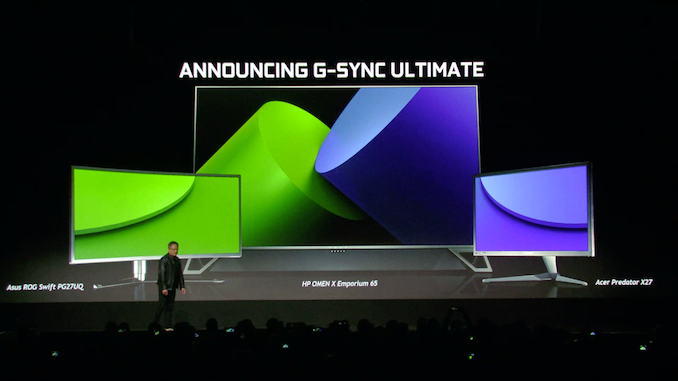

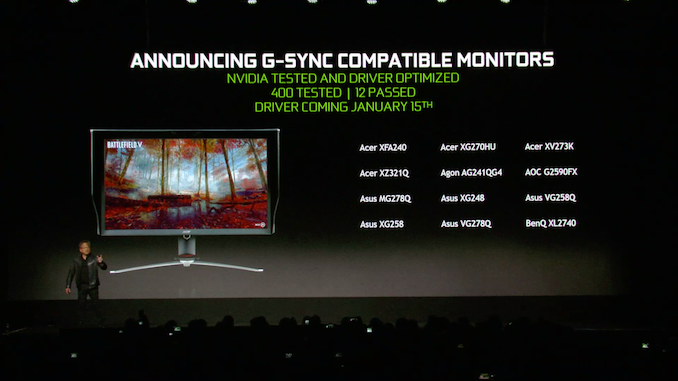
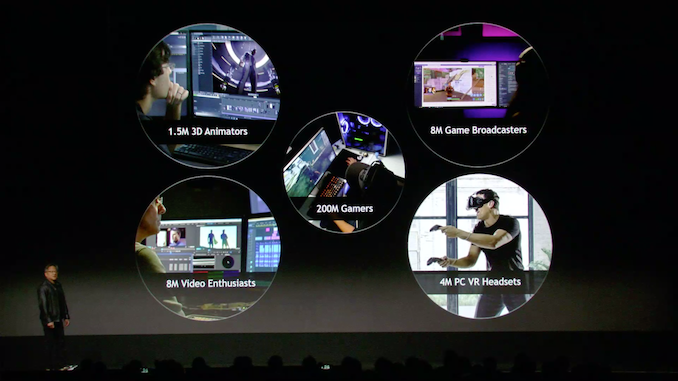
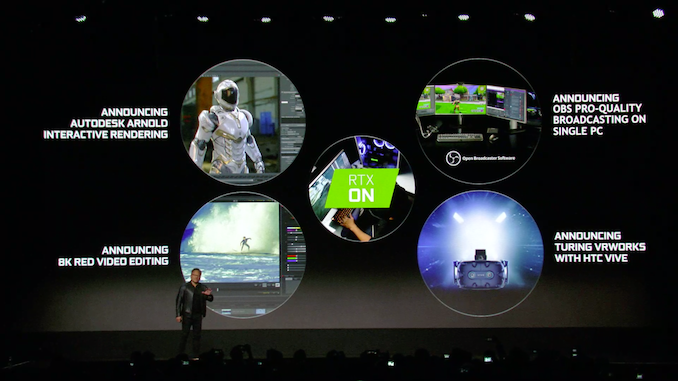
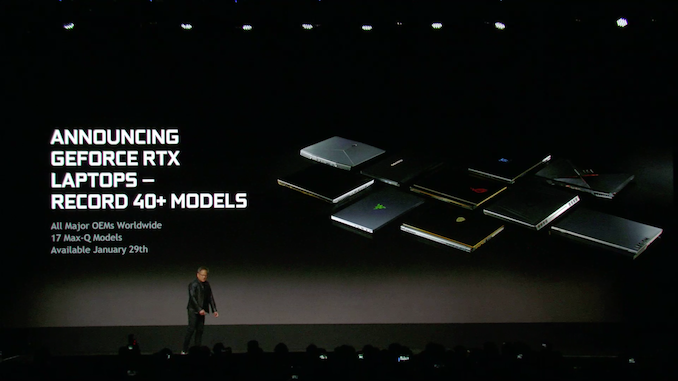
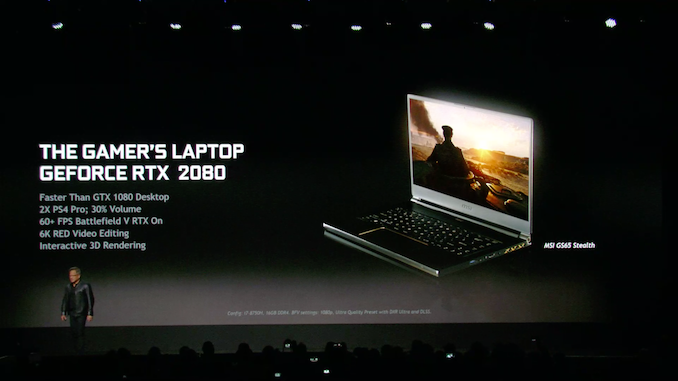
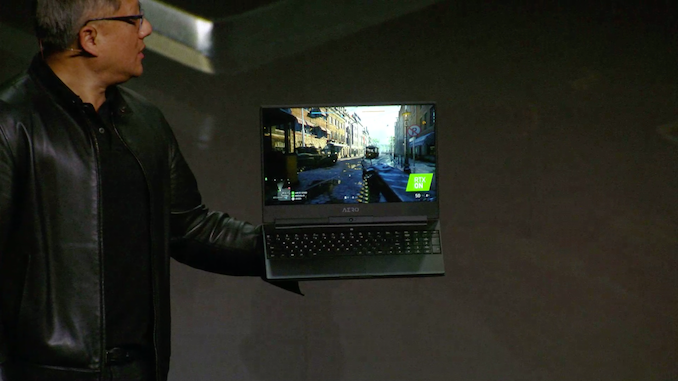
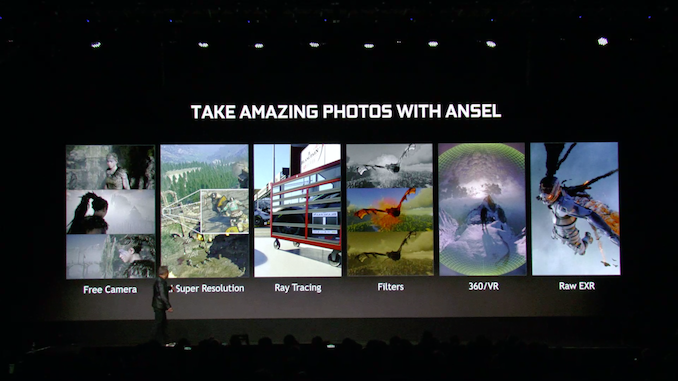
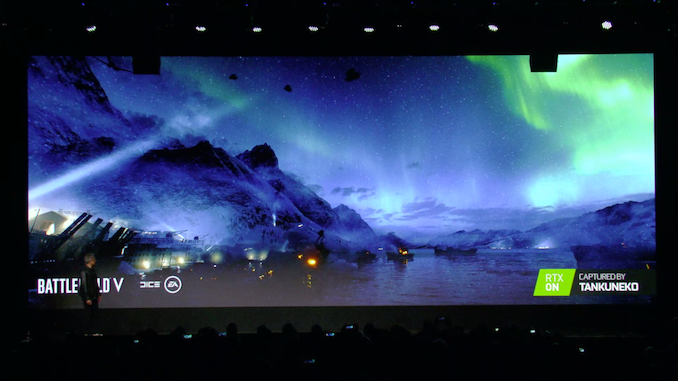








17 Comments
View All Comments
watersb - Sunday, January 6, 2019 - link
Your photos of the event are famtastic. Live blogging this. Wow. Thanks!mode_13h - Monday, January 7, 2019 - link
I second this. Very good pics. Those + the (searchable) summary are much appreciated.Smell This - Monday, January 7, 2019 - link
Holy Wall of Graphics, Batman ...Chaitanya - Monday, January 7, 2019 - link
As far as 2060 is concerned every detail was leaked. also very dubious claim about 1440p with RTX on as even the more expensive GPUs struggle with RTX on at that resolution.bubblyboo - Monday, January 7, 2019 - link
We need clarification from Nvidia on the Freesync thing. Only interesting thing this whole presentation.limitedaccess - Monday, January 7, 2019 - link
https://blogs.nvidia.com/blog/2019/01/06/g-sync-di..."For gamers who have monitors that we have not yet tested, or that have failed validation, we’ll give you an option to manually enable VRR, too."
webdoctors - Monday, January 7, 2019 - link
Nice!!Will definitely have to try this on my ultra widescreen WQHD monitor.
xchaotic - Monday, January 7, 2019 - link
If this happens, I can finally upgrade from my my relatively tine y 27" screen. 65" are definitely too big and too expensive for my desk, but 43" ish + Freesync HDR that works with nVidia = heaven ;)Mr Perfect - Monday, January 7, 2019 - link
Also from that blog post "G-SYNC Compatible tests will identify monitors that deliver a baseline VRR experience on GeForce RTX 20-series and GeForce GTX 10-series graphics cards, and activate their VRR features automatically."I was really dreading seeing a little "Available on 20 series" tag somewhere, but with 10 series support too this actually means something.
iwod - Monday, January 7, 2019 - link
Sometimes I am wondering why people are saying GPU expensive. 450mm2 of 12nm Die Size with 6GB of GDDR6 only cost $349 with board included bundled with Games.On CPU you will be lucky to get half of that die size for double the cost. Without Memory and Board as well.
I had doubt these Ray Tracing will ever be good enough, but judging from these and developers said they still have lots more optimisation to come I have changed my mind and have high hopes for it. Once these Software optimisation landed in both engines and Drivers, and the move to 7nm GPU, Gaming industry will continue to expand and boom.
Exciting times.
Note: Where are you Navi / AMD?